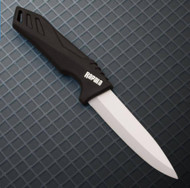From the Battlefield to the Outdoors: How Historical Knives Influence Modern Designs
9th Jun 2025
Knives have been indispensable tools for centuries, serving warriors, hunters, and craftsmen alike. From the battlefields of ancient civilizations to the rugged wilderness of today, the evolution of knives reflects a blend of utility, artistry, and technological advancement.
Historical military and utility knives, in particular, have left an indelible mark on modern knife designs, shaping their form, function, and cultural significance in contemporary hunting and outdoor gear.
In this blog, we’ll explore the journey of these iconic blades, tracing their origins and examining how their legacy continues to influence the tools we carry into the wild.
The Roots of Military Knives: Function Forged in Conflict
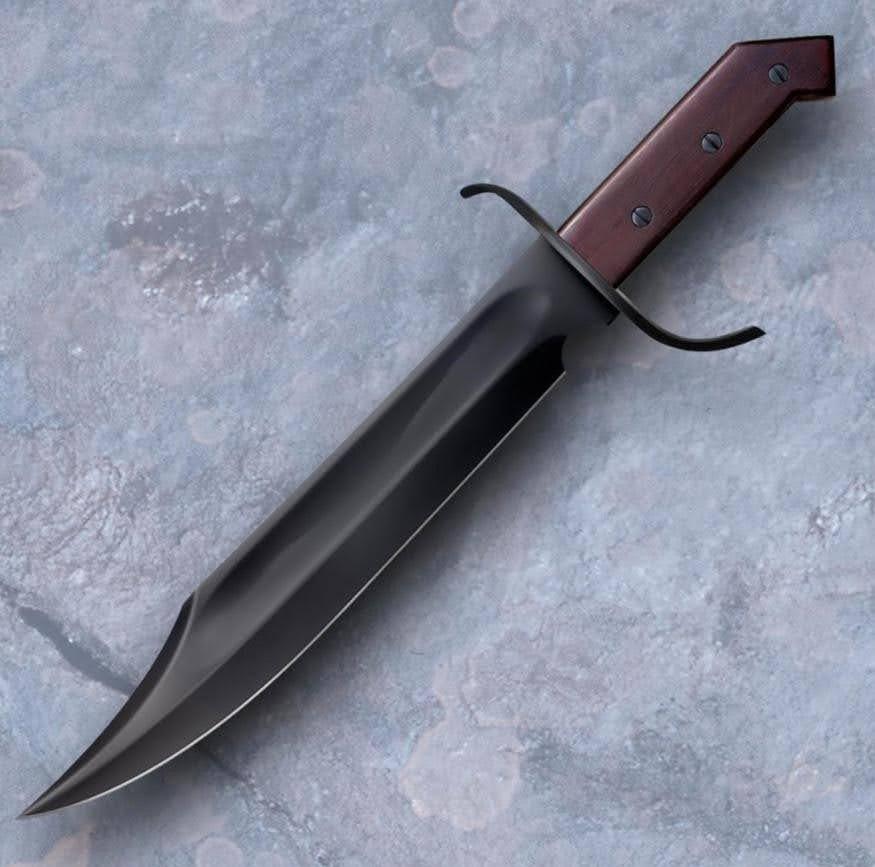
Military knives have a storied history, born out of the necessity for survival in combat. One of the earliest examples is the Roman pugio, a short, double-edged dagger carried by legionaries. Designed for close-quarters combat, the pugio’s compact size and robust construction made it a reliable sidearm. Its influence persists in modern tactical knives, which prioritize portability and versatility, much like their ancient predecessor.
Fast forward to the Middle Ages, and the seax, a single-edged blade used by Anglo-Saxon warriors, became a symbol of utility and combat prowess. The seax’s simple yet effective design, featuring a straight blade and sturdy spine, enabled it to serve as both a weapon and a tool for everyday tasks, such as cutting wood or preparing food. This dual-purpose functionality is a cornerstone of modern outdoor knives, which are often designed to handle a wide range of tasks, from skinning game to building shelters.
The 19th and 20th centuries saw the emergence of iconic military knives that further shaped modern design. The Bowie knife, popularized during the American frontier, was inspired by Colonel James Bowie’s need for a reliable fighting and survival tool. Its long, clipped-point blade was ideal for both combat and wilderness tasks, making it a precursor to today’s large survival knives. Similarly, the KA-BAR, introduced during World War II, became a legend among U.S. Marines. Its 7-inch blade, leather-washer handle, and rugged construction made it a versatile tool for combat and survival, influencing countless modern hunting and tactical knives.
Utility Knives: The Unsung Heroes of the Past
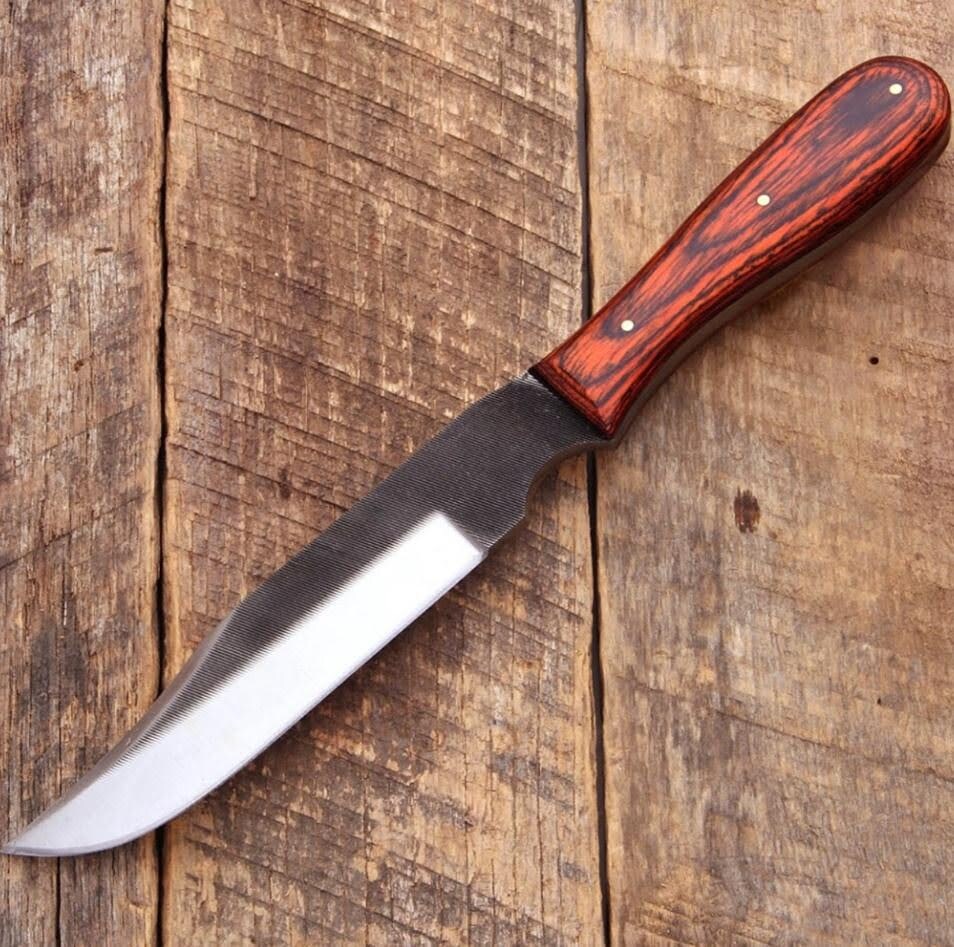
While military knives were forged in the heat of battle, utility knives were the workhorses of everyday life. The penknife, a small, folding knife dating back to Roman times, was designed for tasks such as sharpening quills or cutting fruit. Its compact, portable design laid the groundwork for modern pocketknives, which remain a staple for outdoor enthusiasts. The Swiss Army Knife, introduced in the late 19th century, took this concept further by incorporating multiple tools, such as screwdrivers, can openers, and scissors, into a single folding design. This multifunctionality is mirrored in today’s multi-tools, which are indispensable for campers and hunters.
Another historical utility knife, the puukko, a traditional Finnish blade, exemplifies minimalist design. With a single-edged blade and a simple wooden handle, the puukko was used for a wide range of tasks, from carving wood to processing fish. Its ergonomic design and balanced weight distribution continue to inspire modern bushcraft knives, which prioritize precision and reliability in the wilderness.
The Transition to Modern Outdoor Gear
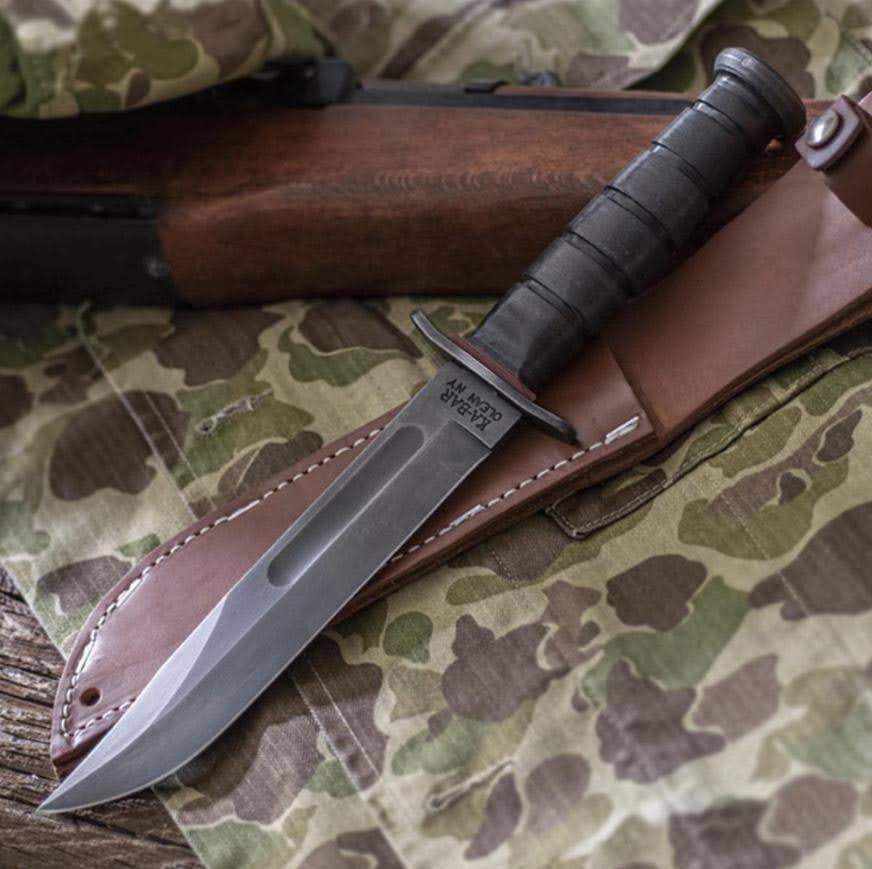
The influence of historical knives on modern designs is evident in the materials, ergonomics, and functionality of today’s hunting and outdoor gear. Advances in metallurgy have replaced traditional carbon steel with stainless steel and high-carbon alloys, offering greater durability and corrosion resistance. The blade shapes and profiles of modern knives still often echo their historical counterparts, however. The drop-point blade, a staple in hunting knives, for example, draws inspiration from the Bowie knife’s versatile shape, ideal for skinning and slicing.
Ergonomics has also evolved, but the principles remain rooted in history. The KA-BAR’s leather-washer handle, designed for a secure grip in wet conditions, has influenced modern handles made from synthetic materials, such as G10 or Micarta. These materials provide the same reliability but with added durability and weather resistance, catering to the demands of today’s outdoor enthusiasts.
Folding knives, too, owe much to their historical predecessors. The lock-back mechanism, first seen in early penknives, has been refined in modern designs, such as the Buck 110 Folding Hunter, a classic hunting knife introduced in the 1960s. Its robust locking system and clip-point blade make it a direct descendant of the Bowie knife, adapted for portability and ease of use in the field.
Iconic Modern Knives with Historical Roots
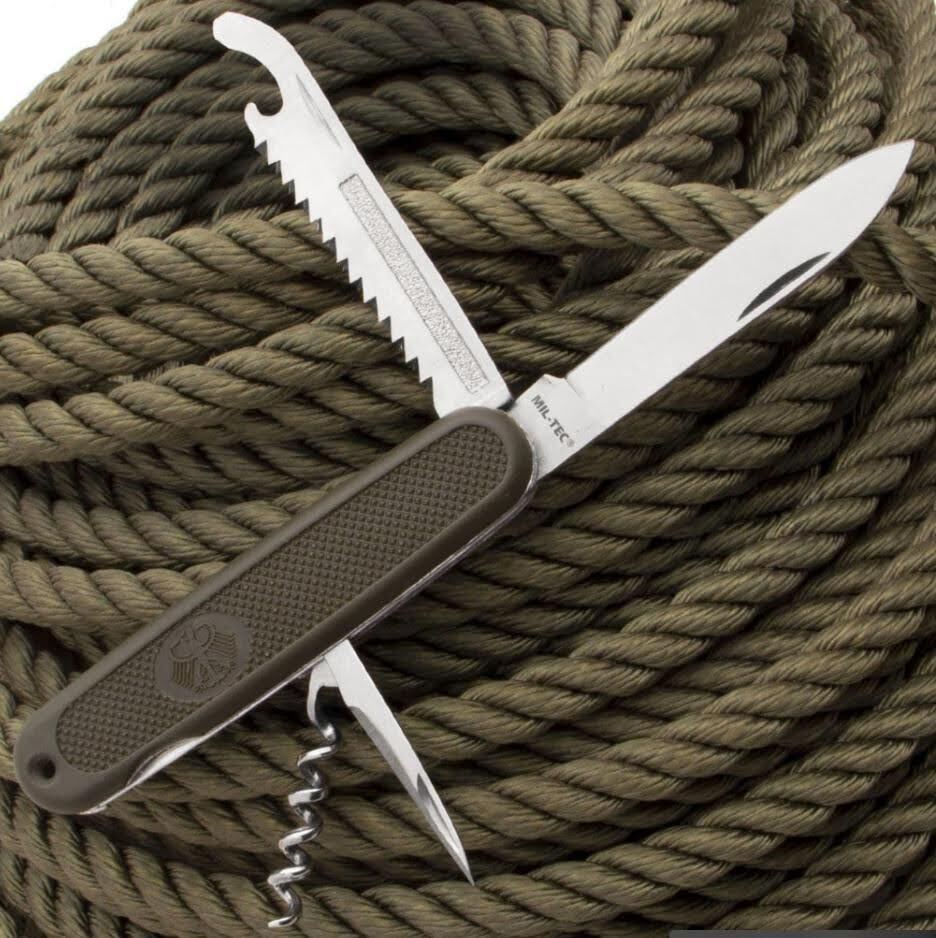
Bundeswehr Style Multi-Use Folder
Several contemporary knives exemplify the enduring influence of historical designs. The Morakniv Companion, a Swedish bushcraft knife, traces its lineage to the puukko, a traditional Finnish knife. Its simple, Scandinavian-grind blade excels at carving and slicing, making it a favorite among campers and survivalists. Similarly, the ESEE Knives Izula, a compact fixed-blade knife, reflects the minimalist ethos of the seax, with a design optimized for lightweight carry and versatility.
Tactical knives like the Benchmade Griptilian draw inspiration from military designs like the KA-BAR. The Griptilian’s drop-point blade and textured handle prioritize functionality and grip, echoing the combat-ready features of its predecessors. Meanwhile, multi-tools like the Leatherman Wave continue the Swiss Army Knife’s legacy, offering a range of tools for outdoor tasks, from cutting rope to repairing gear.
Cultural and Practical Relevance Today
The influence of historical knives extends beyond their physical design to their cultural significance. In the outdoor community, knives are more than tools, they’re symbols of self-reliance and adventure. The Bowie knife, for instance, remains a cultural icon, evoking the rugged individualism of the American frontier. Modern reproductions of the Bowie blend historical aesthetics with contemporary materials, appealing to both collectors and outdoorsmen.
Practically, historical knives have shaped the expectations of modern outdoor gear. Hunters and campers demand tools that are versatile, durable, and easy to maintain, qualities that have been honed in historical designs. For example, the Scandinavian grind, popularized by the puukko, is favored in bushcraft knives for its ease of sharpening and precision in woodwork. Similarly, the clip-point blade, inspired by the Bowie, remains a go-to choice for hunters due to its effectiveness in skinning and piercing.
The rise of bushcraft and survival culture has further amplified the relevance of historical designs. Enthusiasts seek knives that can handle tasks such as fire-starting, shelter-building, and food preparation, skills for which historical knives were designed.
Challenges and Innovations
While historical knives provide a strong foundation, modern designs must address new challenges. Environmental conditions, such as extreme cold or humidity, demand materials that outperform traditional steel and wood. Innovations such as ceramic coatings and composite handles have enhanced durability without compromising the functionality of classic designs. Additionally, modern manufacturing techniques, such as CNC machining and laser cutting, enable precision that historical craftsmen could only have dreamed of.
Yet, the essence of historical knives, simplicity, reliability, and versatility, remains unchanged. Designers continue to strike a balance between tradition and innovation, ensuring that modern knives honor their predecessors while meeting the needs of today’s adventurers.
Conclusion
From the Roman pugio to the KA-BAR, historical military and utility knives have shaped the tools we carry into the wilderness today. Their influence is seen in the blade shapes, ergonomics, and multifunctionality of modern hunting and outdoor gear.
As technology advances, these timeless designs continue to inspire, reminding us that the best tools are those that stand the test of time. Whether you’re a hunter, camper, or survivalist, the knives in your pack carry the legacy of centuries past, forged in the crucible of human ingenuity and adventure.
Ready to add a piece of this legacy to your collection or find the perfect knife for your next outdoor activity? Visit www.atlantacutlery.com to explore a wide range of knives inspired by historical designs and built for modern adventures.


 Gift Cards
Gift Cards